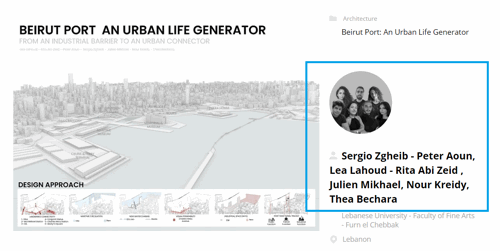Within a Home

Project idea
Located in District 1, Ho Chi Minh City, Vietnam—a densely populated urban area—many people have had to leave their grandparents, parents, and families behind to move here for work or study. Amid the constant pressure of rapid development and change, it becomes increasingly difficult for them to return home and visit their loved ones. In response to these challenges, the goal of this project is to design a living space by renovating typical urban houses in the city. The idea is to incorporate distinctive cultural and regional elements from various parts of the country into these homes, allowing the owners to feel as though they are living in their own hometown.
Project description
This project exemplifies a thoughtful approach to interior architecture, where cultural depth and personal narratives are delicately interwoven into a contemporary living environment. Natural materials such as solid wood, bamboo, rattan, and terracotta bricks are employed to evoke a sense of locality while aligning with the principles of modern minimalism.
The spatial organization is clearly articulated, with efficient circulation flows ensuring privacy between functional zones such as bedrooms, workspace, and kitchen–dining areas. Transitional spaces—entry vestibules, hallways, and buffer zones—are tactfully designed to act as both physical and emotional thresholds, allowing users to decompress before engaging with the main areas of the home.
The interior palette is composed with careful attention to proportions, textures, and tonal harmony. Earthy terracotta, muted olive green, and light-toned timber establish a gentle contrast that feels both grounded and refined. Cultural details—Dong Ho folk paintings, breeze blocks, arched openings, and traditional louvered shutters—are selectively integrated to recall vernacular memories, yet are reinterpreted in a manner that avoids nostalgic cliché.
The project demonstrates a sensitive response to natural ventilation and daylighting through strategically placed openings, permeable partitions, and generous ceiling heights. These passive design strategies contribute not only to energy efficiency but also to the well-being of the inhabitants—especially significant in a multi-generational living model.
Overall, the project conveys a calm and evocative interior atmosphere. It reflects a sustainable design mindset—both functionally and aesthetically—while serving as a subtle homage to cultural memory and familial values within the context of contemporary urban life.
Technical information
With an emphasis on preserving the existing condition as much as possible, the project only dismantles and elevates half of the left-side floor, allowing the floor levels to become flat and more functional for everyday use in a residential setting. For the façade, we employ rust-resistant steel frames, non-fired bricks, and lightweight stone materials to provide thermal insulation and minimize the impact of direct sunlight on the building.
In addition, the interior spaces make use of natural wood, engineered wood, and fabrics woven from natural fibers.
















